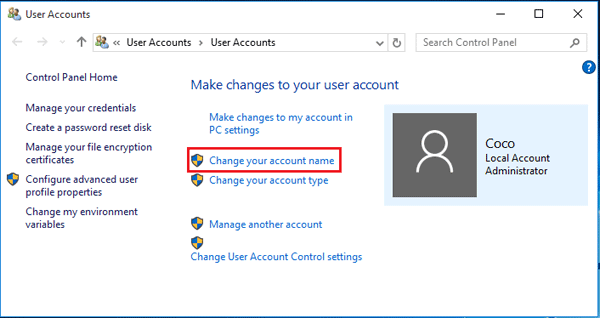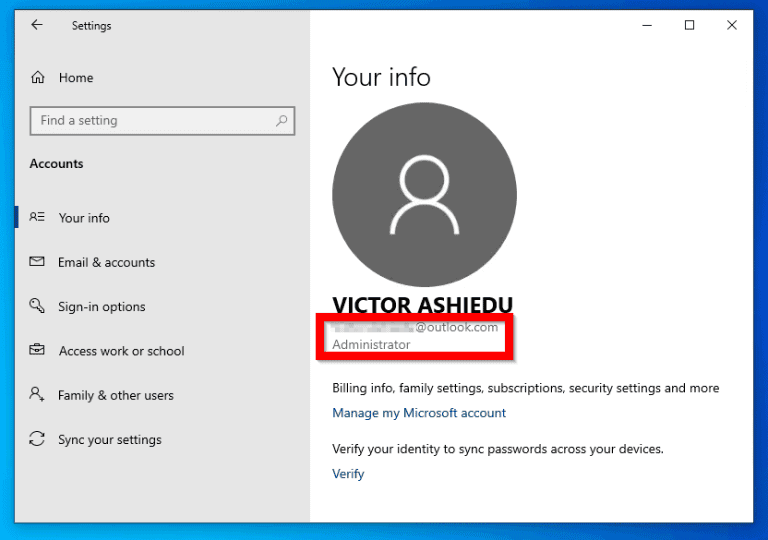


When you assign a password to a local user account, you can also save a password hint. If you change your Microsoft account password and then sign in to a computer that hasn’t been able to connect to the Microsoft account database since before you changed the password, the computer won’t be able to verify your new password and will prompt you to sign in with the last password you used on that computer. A strong password is at least eight characters long, does not contain words that might be in the dictionary or names, and contains at least one uppercase character, one lowercase character, one number, and one punctuation mark. If you’re going to take the trouble to protect your user account with a password, choose one that no one is likely to guess. Changing your Microsoft account password changes it across all computers, sites, and services. You can add a password (and an optional password hint) to a local account or change the password, and you can change your Microsoft password. However, it’s never a bad idea to have a password. If you don’t store or access personal information on your computer, a password is not essential.

(The user account name and password, together, are referred to as credentials.) Local accounts can have or not have passwords. If you sign in to Windows or any website with your Microsoft account credentials, you use the same password wherever you sign in. Perhaps by the time you read this book, square pictures will be the default, or at least an option.Īll Microsoft accounts have passwords. The change from square to circular user account pictures has met with strong opposition from Windows 10 and Windows 10 mobile users, in part because of the corners being cut off the pictures, but also because the circular icons don’t tile neatly on the screen.


 0 kommentar(er)
0 kommentar(er)
